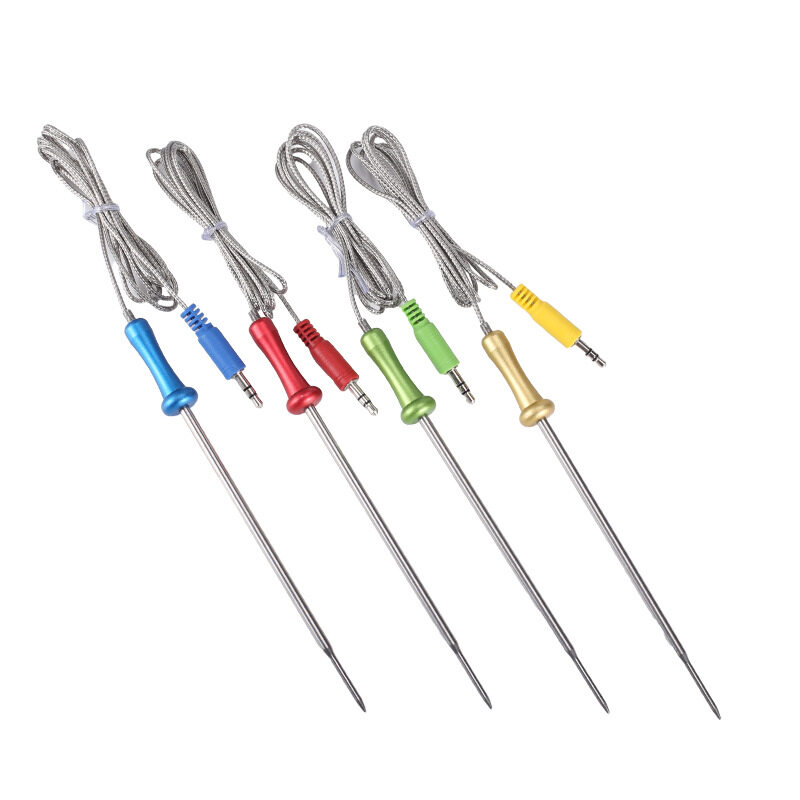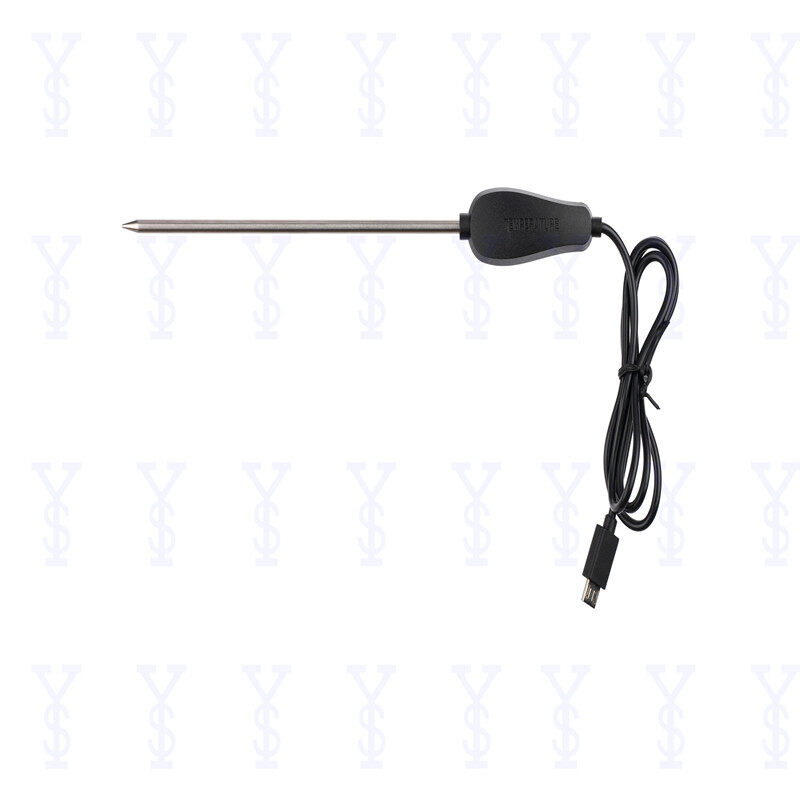E-posformaatfout
emailCannotEmpty
emailDoesExist
pwdLetterLimtTip
inconsistentPwd
pwdLetterLimtTip
inconsistentPwd


Exploring the World of Electronic Devices Incorporation
The integration of electronic devices into various aspects of our daily lives has transformed the way we live, work, and interact with the world around us. From smartphones and laptops to smart home systems and wearable technology, electronic devices have become indispensable. In this blog, we will delve into the fascinating world of electronic devices incorporation, exploring their evolution, applications, and the role of suppliers in this dynamic industry. Additionally, we will highlight the importance of sourcing from reliable china electronic components suppliers to ensure quality and innovation in electronic devices.
The Evolution of Electronic Devices
Early Beginnings
The journey of electronic devices began in the early 20th century with the invention of the vacuum tube, which paved the way for the development of early radios and televisions. These bulky devices were the first steps towards the miniaturized and sophisticated electronics we use today.
The Transistor Revolution
The invention of the transistor in 1947 marked a significant milestone in the evolution of electronic devices. Transistors replaced vacuum tubes, allowing for smaller, more efficient, and more reliable electronic components. This breakthrough led to the development of smaller and more portable devices, including the first portable radios and early computers.
The Microprocessor Era
The 1970s saw the advent of the microprocessor, a critical component that revolutionized electronic devices. Microprocessors enabled the creation of personal computers, which transformed how people accessed and processed information. This era also saw the rise of digital watches, calculators, and gaming consoles, bringing electronic devices into everyday life.
The Digital Age
The late 20th and early 21st centuries ushered in the digital age, characterized by rapid advancements in technology and the proliferation of digital devices. Smartphones, tablets, laptops, and wearable technology became ubiquitous, offering unprecedented connectivity and functionality. The integration of electronic devices into various sectors, including healthcare, education, and entertainment, further underscored their importance.
Applications of Electronic Devices Incorporation
Consumer Electronics
Consumer electronics encompass a wide range of devices used in everyday life. These include smartphones, tablets, laptops, smartwatches, and smart home systems. The incorporation of electronic devices in this sector has led to enhanced connectivity, convenience, and entertainment.
Smartphones and Tablets
Smartphones and tablets are perhaps the most prominent examples of electronic devices incorporation. These devices combine communication, entertainment, productivity, and connectivity into a single portable package. The continuous evolution of smartphones and tablets, driven by advancements in processing power, display technology, and battery life, has made them indispensable tools for modern living.
Smart Home Systems
The incorporation of electronic devices into homes has given rise to smart home systems. These systems integrate various devices, such as smart thermostats, security cameras, lighting controls, and voice-activated assistants, to create a connected and automated living environment. The convenience and energy efficiency offered by smart home systems have made them increasingly popular among homeowners.
Healthcare
The healthcare sector has greatly benefited from the incorporation of electronic devices. From diagnostic tools and imaging equipment to wearable health monitors and telemedicine platforms, electronic devices have revolutionized healthcare delivery and patient care.
Diagnostic Tools and Imaging Equipment
Advanced diagnostic tools and imaging equipment, such as MRI machines, CT scanners, and ultrasound devices, rely on sophisticated electronic components to provide accurate and detailed images of the human body. These devices have significantly improved the ability to diagnose and treat medical conditions.
Wearable Health Monitors
Wearable health monitors, such as fitness trackers and smartwatches, have become valuable tools for monitoring and managing health. These devices track vital signs, physical activity, and sleep patterns, providing users with real-time health data. The integration of electronic devices into healthcare has empowered individuals to take proactive steps towards maintaining their well-being.
Automotive
The automotive industry has embraced electronic devices incorporation to enhance safety, performance, and user experience. Modern vehicles are equipped with a wide array of electronic components, from infotainment systems and advanced driver assistance systems (ADAS) to electric powertrains and autonomous driving technology.
Infotainment Systems
Infotainment systems in vehicles provide drivers and passengers with entertainment, navigation, and connectivity features. These systems integrate touchscreens, voice recognition, and internet connectivity to create a seamless and enjoyable driving experience.
Advanced Driver Assistance Systems (ADAS)
ADAS technologies, such as adaptive cruise control, lane departure warning, and automatic emergency braking, rely on electronic sensors and processors to enhance vehicle safety. The incorporation of electronic devices in ADAS has contributed to reducing accidents and improving road safety.
Industrial Automation
Electronic devices play a crucial role in industrial automation, where they are used to control and monitor machinery and processes. The incorporation of electronic devices in this sector has led to increased efficiency, precision, and safety in manufacturing and other industrial applications.
Programmable Logic Controllers (PLCs)
PLCs are electronic devices used to automate industrial processes. These controllers are programmed to perform specific tasks, such as controlling machinery, monitoring production lines, and managing complex systems. The use of PLCs has revolutionized industrial automation by enabling precise and reliable control of processes.
Industrial Robots
Industrial robots are another example of electronic devices incorporation in automation. These robots are equipped with sensors, actuators, and controllers that allow them to perform tasks such as welding, assembly, and material handling. The integration of electronic devices in industrial robots has increased productivity and reduced the need for manual labor in hazardous environments.
The Role of Suppliers in Electronic Devices Incorporation
Importance of Reliable Suppliers
The quality and performance of electronic devices depend heavily on the components used in their manufacture. Therefore, sourcing components from reliable suppliers is crucial. Reliable suppliers ensure that the components meet industry standards and are free from defects, which is essential for the functionality and longevity of electronic devices.
China Electronic Components Suppliers
China is one of the largest producers of electronic components in the world. Many manufacturers source their components from china's suppliers due to their competitive pricing, vast product range, and technological expertise. However, it is essential to choose suppliers with a proven track record of quality and reliability to ensure the integrity of the final product.
Quality Assurance
Reliable electronic components suppliers implement stringent quality assurance processes to ensure that their products meet industry standards. These processes include rigorous testing, inspection, and certification to guarantee the performance and reliability of the components.
Innovation and Technological Advancements
Suppliers play a critical role in driving innovation and technological advancements in the electronic devices industry. By investing in research and development, suppliers can develop new and improved components that enhance the functionality and efficiency of electronic devices. Collaboration between manufacturers and suppliers is essential for fostering innovation and staying competitive in the market.
Future Trends in Electronic Devices Incorporation
Internet of Things (IoT)
The Internet of Things (IoT) is a rapidly growing trend that involves the integration of electronic devices into everyday objects, allowing them to collect and exchange data. IoT has the potential to revolutionize various industries, from smart homes and healthcare to industrial automation and transportation.
Smart Homes
The incorporation of IoT-enabled electronic devices in smart homes allows homeowners to control and monitor their home environment remotely. IoT devices such as smart thermostats, security cameras, and lighting systems can be connected to a central hub, providing seamless control and automation.
Healthcare
In healthcare, IoT-enabled devices can monitor patients' vital signs and send real-time data to healthcare providers. This allows for continuous monitoring and early detection of potential health issues, improving patient outcomes and reducing healthcare costs.
Artificial Intelligence (AI)
Artificial Intelligence (AI) is another transformative trend in electronic devices incorporation. AI technologies, such as machine learning and neural networks, can be integrated into electronic devices to enhance their capabilities and provide advanced features.
Voice Assistants
Voice assistants, such as Amazon's Alexa, Apple's Siri, and Google Assistant, use AI to understand and respond to voice commands. These devices can perform various tasks, from setting reminders and playing music to controlling smart home devices and providing information.
Autonomous Vehicles
AI plays a crucial role in the development of autonomous vehicles. AI algorithms process data from sensors and cameras to make real-time decisions, enabling vehicles to navigate and operate safely without human intervention.
Wearable Technology
Wearable technology is an area of rapid growth in the electronic devices industry. Wearable devices, such as smartwatches, fitness trackers, and smart clothing, incorporate electronic components to provide various functions, from health monitoring to communication.
Health and Fitness
Wearable devices are increasingly used for health and fitness monitoring. These devices track physical activity, heart rate, sleep patterns, and other health metrics, providing users with valuable insights into their well-being.
Augmented Reality (AR) and Virtual Reality (VR)
AR and VR wearables, such as smart glasses and VR headsets, offer immersive experiences by overlaying digital information onto the real world or creating entirely virtual environments. These technologies have applications in gaming, education, training, and more.
Conclusion
The incorporation of electronic devices into various aspects of our lives has transformed the way we live, work, and interact with the world. From consumer electronics and healthcare to automotive and industrial automation, electronic devices play a crucial role in enhancing connectivity, convenience, and efficiency. Reliable suppliers are essential for ensuring the quality and performance of electronic devices. As technology continues to evolve, trends such as IoT, AI, and wearable technology will drive further advancements in electronic devices incorporation, shaping the future of innovation and connectivity.

